We may earn money or products from the companies mentioned in this post. This means if you click on the link and purchase the item, I will receive a small commission at no extra cost to you ... you're just helping re-supply our family's travel fund.
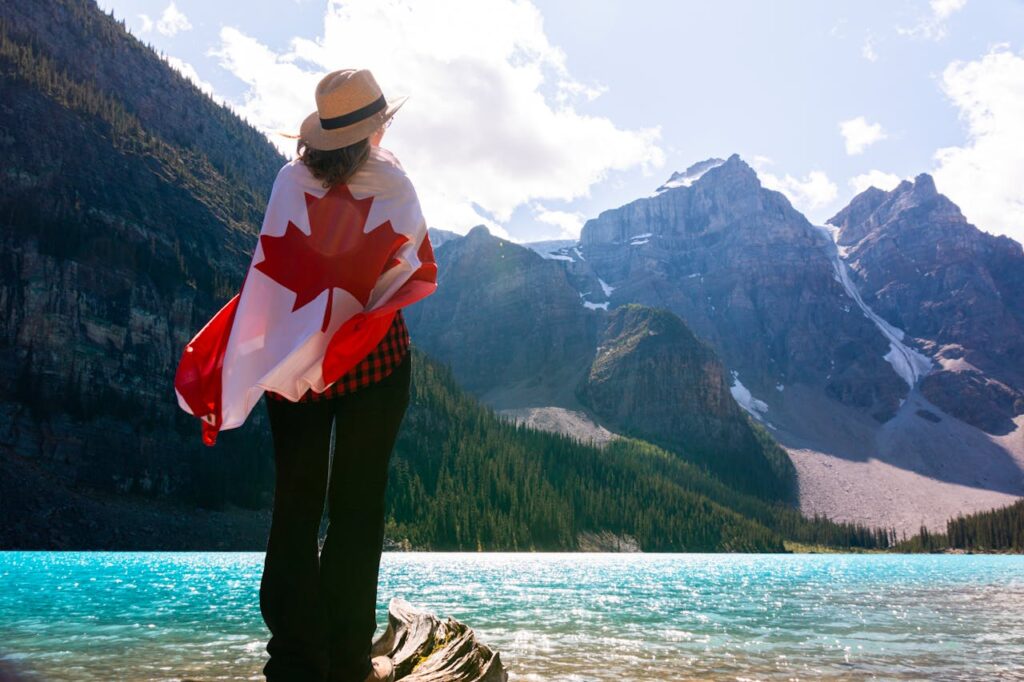
Canada, with its vast wilderness, vibrant cities, and welcoming spirit, beckons many U.S. travelers seeking new adventures just across the border. Before you embark on your journey north, understanding a few key differences and cultural nuances will ensure a smoother, more enriching experience. From practicalities like currency and customs to subtle social cues, preparing yourself can transform a good trip into an unforgettable exploration of our northern neighbor. Get ready to discover the true charm of the Great White North.
1. Embrace the Metric System
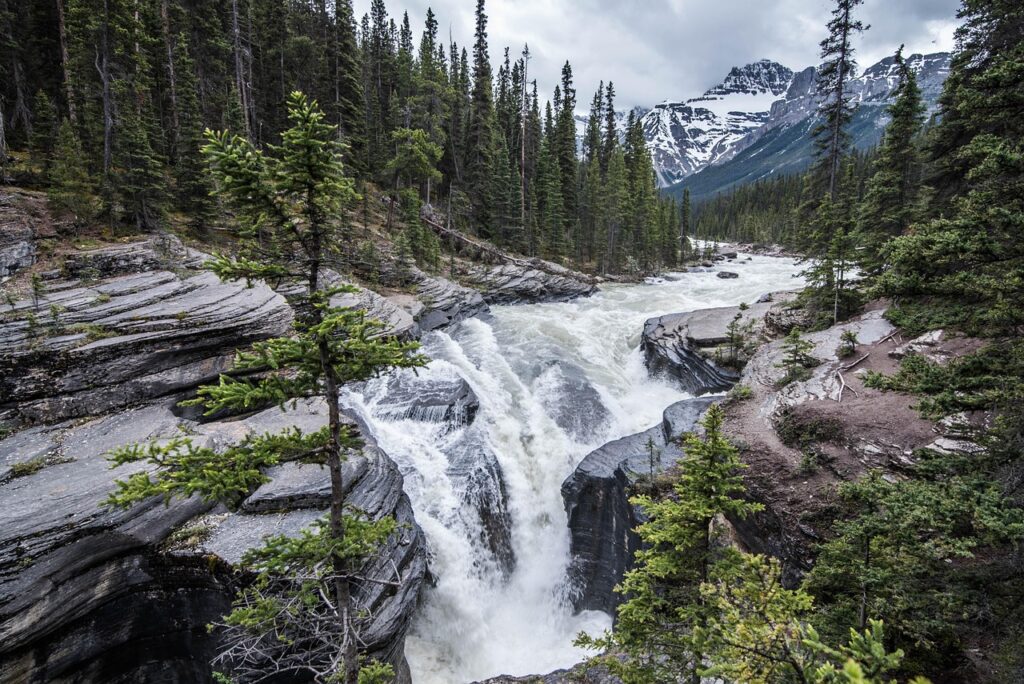
When you cross into Canada, you will immediately notice the shift to the metric system. Distances are measured in kilometers, speeds in kilometers per hour, and temperatures in Celsius. Gasoline is sold by the liter, and groceries by the kilogram. It’s a fundamental difference from what you’re used to. You can familiarize yourself with basic conversions before you go, or simply trust the road signs and temperature readings. This adjustment is part of the experience, helping you fully immerse yourself in Canadian life.
2. Understand Border Crossing Protocols
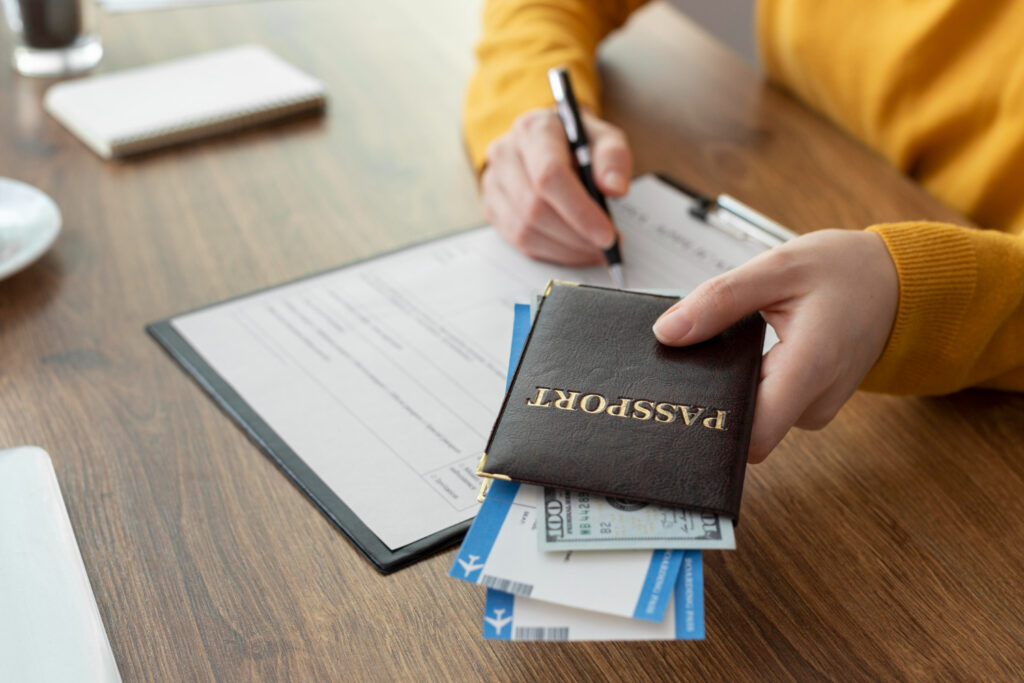
Entering Canada requires valid identification. A U.S. passport is generally required for air travel, while an enhanced driver’s license (EDL) or a passport can be used for land and sea crossings. Be prepared to answer questions about your travel purpose, how long you plan to stay, and where you will be lodging. It’s crucial to declare all goods, including any gifts or purchases, to avoid unnecessary delays or penalties. Remember, customs officials are there to ensure security and uphold regulations, so clear and honest communication is key for a smooth entry.
3. Exchange Your Currency
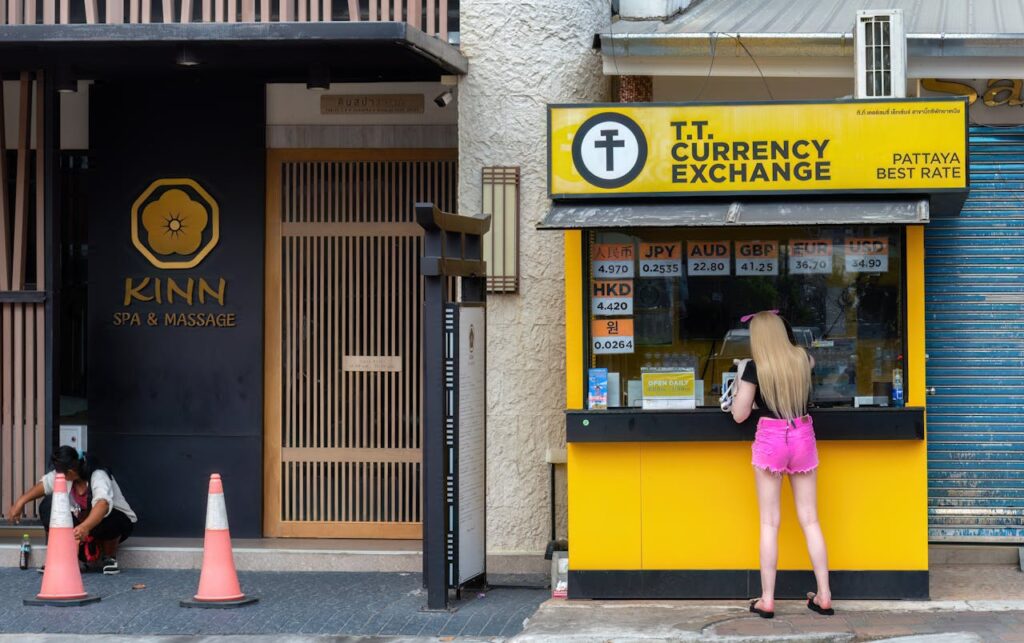
While some Canadian businesses, especially those near the border, might accept U.S. dollars, it’s always best to use Canadian currency. The exchange rate will almost certainly be unfavorable if you pay in USD directly at a shop. ATMs are widely available across Canada, and credit cards are universally accepted, making transactions straightforward. Consider exchanging a small amount of cash before you leave home or simply withdraw Canadian dollars from an ATM upon your arrival for convenience.
4. Factor in the Goods and Services Tax (GST)
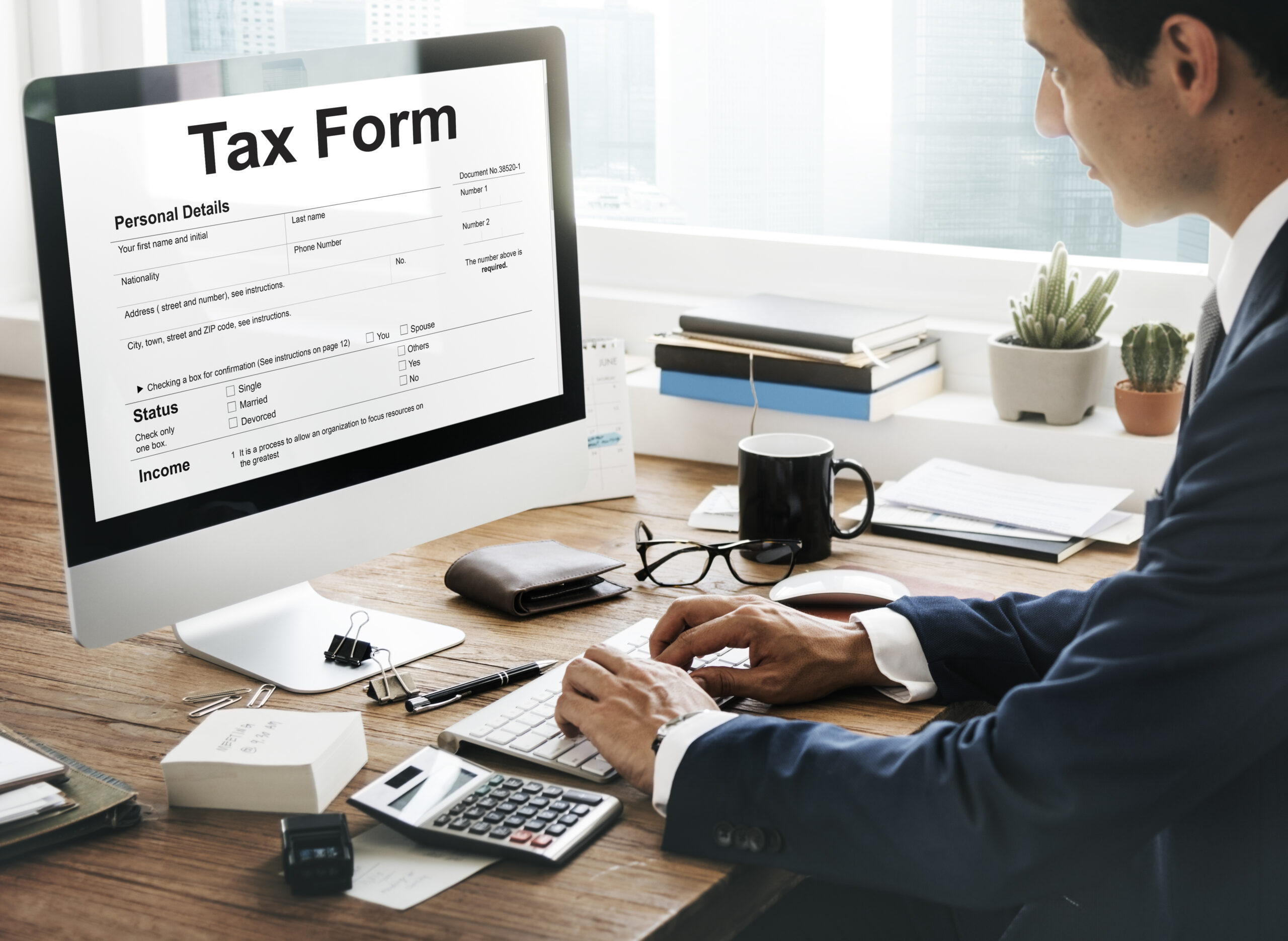
Similar to sales tax in the U.S., Canada has a Goods and Services Tax (GST) applied to most purchases. On top of that, some provinces have a combined Harmonized Sales Tax (HST) that includes both federal and provincial taxes, while others apply a separate Provincial Sales Tax (PST) in addition to the GST. This means that prices displayed on tags usually do not include these taxes, so be prepared for a slightly higher total at checkout. It’s a standard part of Canadian pricing, so don’t be surprised by the added amount.
5. Tipping Etiquette is Similar
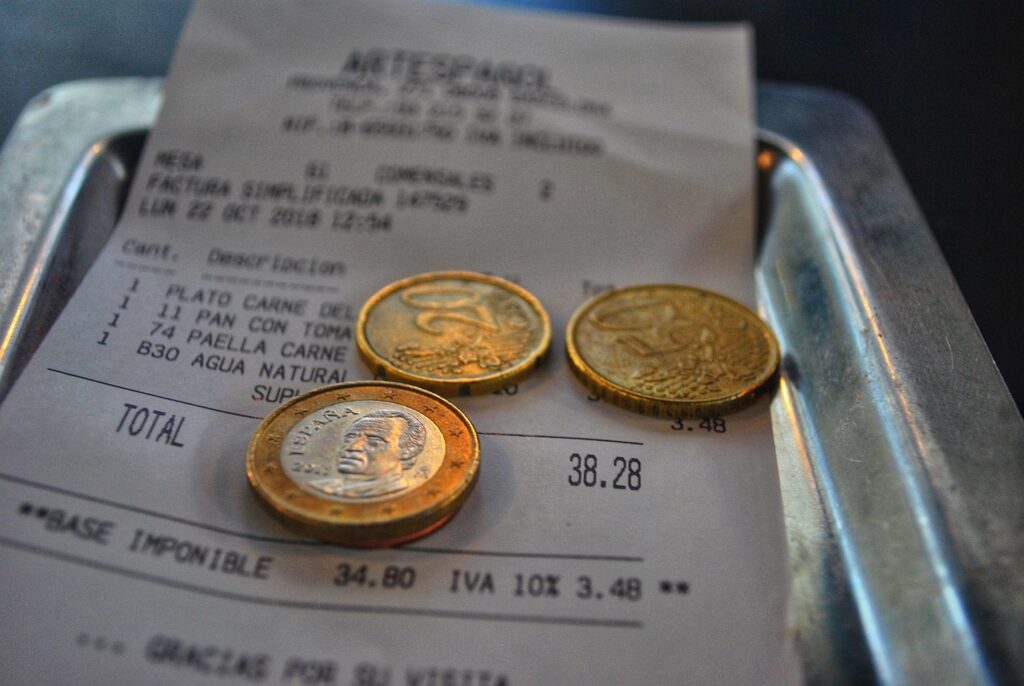
Tipping in Canada generally mirrors practices in the U.S., with 15% to 20% being the customary amount for good service in restaurants, bars, and taxis. For other services, such as at hair salons or for hotel porters, a smaller tip is appreciated. It’s always good practice to consider the quality of service you received when deciding how much to tip. A fair tip reflects your appreciation for their effort and attention.
6. Prepare for Diverse Climates

Canada’s immense geographical size means its climate varies dramatically depending on the region and the season. Even within a single province, you might experience significant temperature swings in a short period. Because of this, packing layers is always a smart move, especially if you plan on exploring different areas or visiting during the spring or fall. Always check the local weather forecast for your specific destination before you pack to ensure you have the right gear.
7. Cell Phone Roaming Can Be Costly

Unless your current U.S. cell phone plan specifically includes international roaming in Canada, using your phone without caution can quickly lead to significant charges. To avoid this, consider purchasing a local Canadian SIM card, utilizing an eSIM, or simply relying on Wi-Fi whenever possible. Many cafes, hotels, and public spaces offer free Wi-Fi access, which can save you a lot of money on data and calls.
8. Alcohol Laws Differ by Province

Canada’s alcohol laws are unique because they are regulated provincially. This means that rules regarding the legal purchase age, hours of sale, and where you can consume alcohol will vary depending on which province you are in. Generally, the legal drinking age is 19 in most provinces, though it’s 18 in Alberta, Manitoba, and Quebec. Always check the specific regulations for the province you are visiting to ensure you are in compliance.
9. Wildlife Encounters Are Possible
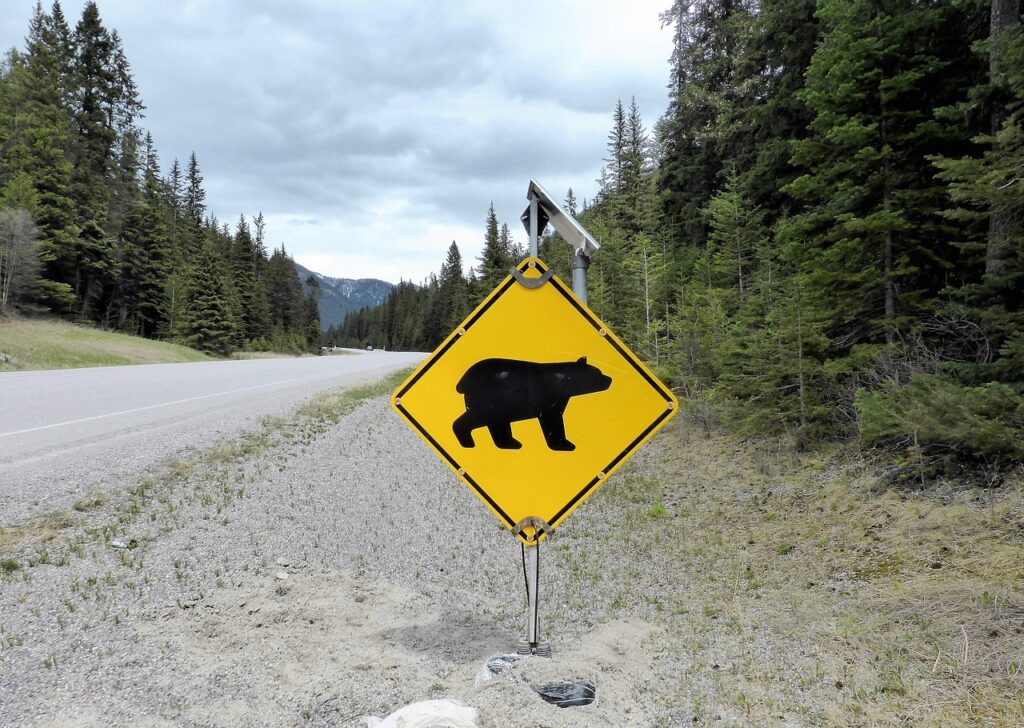
From urban parks to vast national national reserves, Canada is home to an incredible array of wildlife. While encountering animals can be exciting, it’s crucial to exercise caution and respect their natural habitats. Never approach or attempt to feed wild animals. If you’re camping or hiking, store food properly to avoid attracting animals. Always be aware of local guidelines for wildlife safety, especially concerning bears and other large animals in rural areas.
10. Canadians are Generally Reserved but Friendly
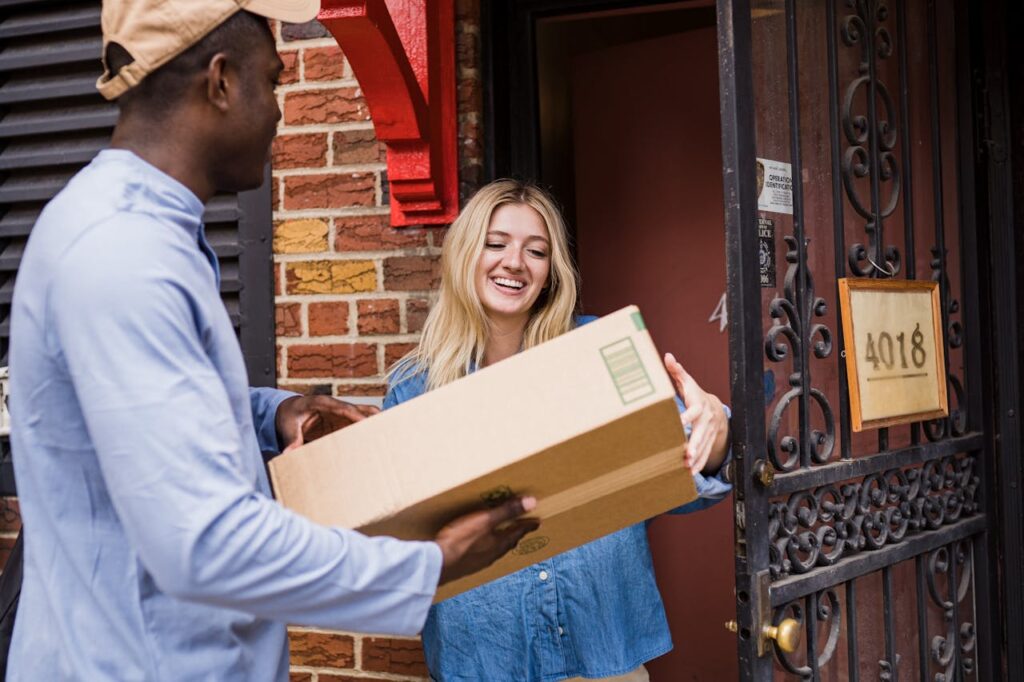
You’ll find Canadians to be warm, polite, and generally a bit more reserved than their U.S. counterparts. Small talk is common, and patience is definitely a virtue here. Politeness, respect for personal space, and a certain humility are highly valued social traits. Embrace their relaxed pace and understated demeanor, and you’ll find their hospitality genuinely inviting and truly memorable.
11. Learn Basic French in Certain Regions
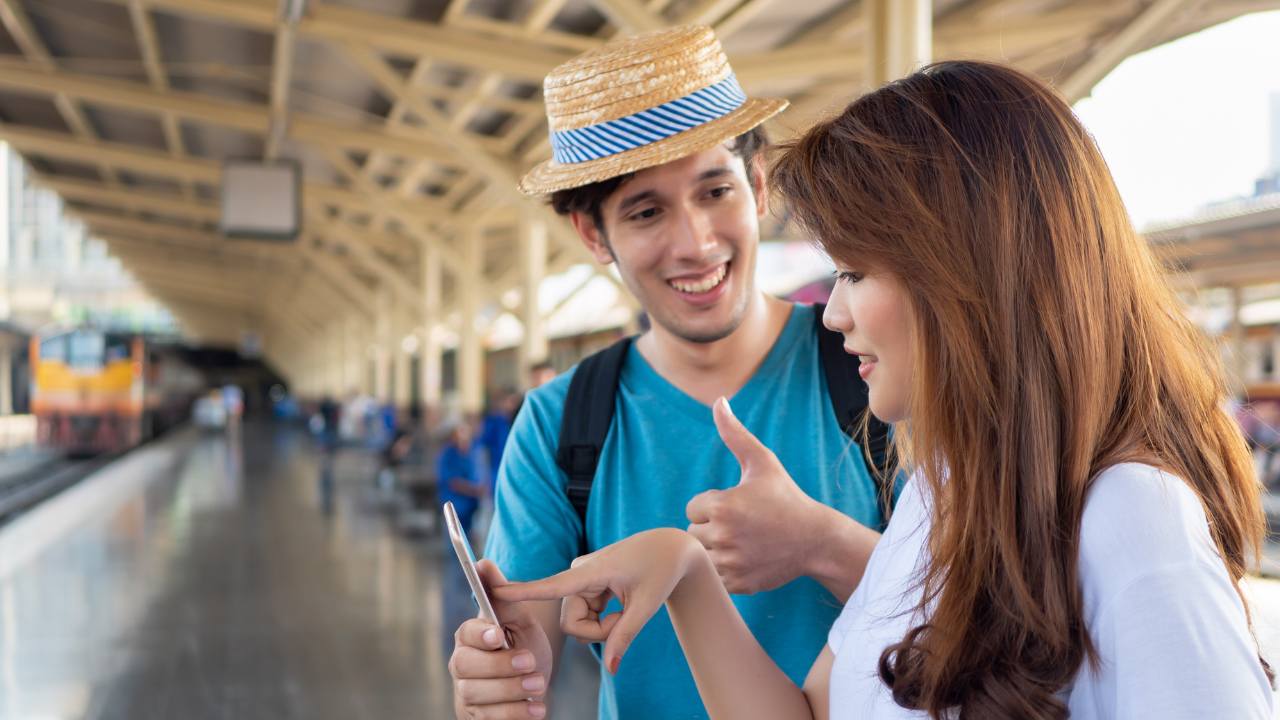
If your travels take you to Quebec or parts of eastern Canada, having a few French phrases in your pocket can go a long way. While most people speak English, locals appreciate visitors who make an effort to greet or thank them in French. Even simple words like “bonjour” and “merci” can create friendlier exchanges and show cultural respect. Signs, menus, and directions may appear in both languages, so brushing up before your trip can make daily interactions smoother.